23 Types of Glue Perfect for Every Adhesive Application
Author: Rick Worst | Editor: Omar Alonso
Review & Research: Jen Worst & Chris Miller
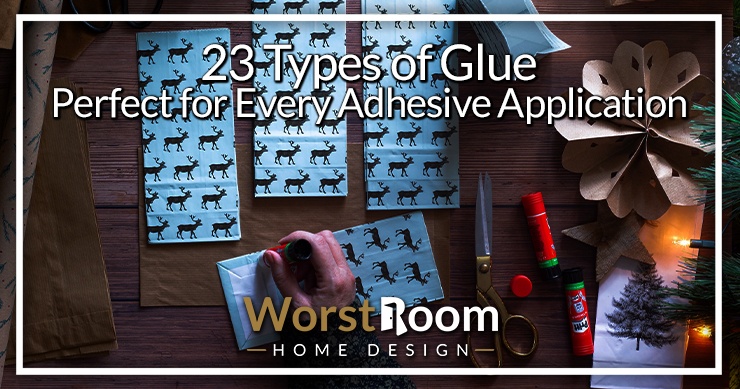
All the different types of glue, also known as adhesives, are substances that can hold different materials together and resists their separation. Usually, they’re applied to one or both surfaces to join them together. There are a plethora of substances that come under the title 'glue.'
You will learn in this article that there are different types of glues. They can be classified based on their physical form, chemical composition, structure, application, etc. So the same glue can fall into a number of categories depending on the point of view.
23 Types of Glue
The glues can be looked at from a wide range of angles. Multiple factors are taken into consideration to choose the criteria for classification. It’s critical to consider the physical, chemical, and structural aspects to understand the properties and application of glue.
3 Types of Glue by Chemical Composition
Glues can be classified in terms of the chemical composition they have. Chemical composition is the type, mutual arrangement, and ratio of molecules. Thus classification based on chemical composition is of the most fundamental level for all types of adhesive glues.
Epoxy Glue
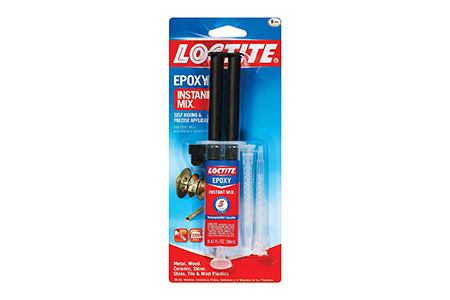
Epoxy glues are structural adhesives. That is, these are substances that produce permanent bonds having a very high modulus of elasticity and high strength.
The name structural glue comes from the fact that, within a certain stress limit, these glues, once hardened, can transmit and withstand extremely high structural stress without undermining their structural integrity. They're even used in garage floor crack repair, to give you an idea of how strong they are.
Because of the very nature of the bonds, the epoxy glues are highly resistant to thermal decay and solvent actions. A wide range of materials can be bonded by epoxy adhesives. These materials that work well with epoxies include plastic, most metals, wood, ceramics, etc.
Polyimide Glue
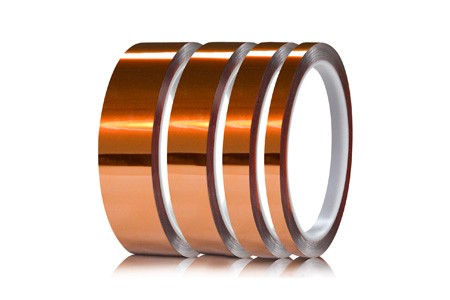
These glue types are a category of high-performance plastics. Imide groups are embedded with polymers in strong covalent bonding from polyimides. This type of glue has high thermal stability, is highly resistant to corrosion, and has high shear and tensile strength.
Usually, they’re marketed in thermoplastic and thermoset forms. These one-part polymers generally contain some type of solvent. Because of their chemical stability, they’re applied as protective coatings, and their good thermal properties make them suitable for electronic insulation.
Polyurethane Glue
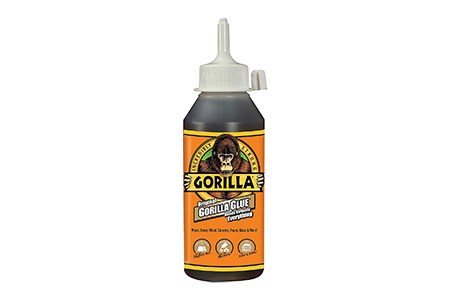
The polyurethane glues are formed by linking different organic monomers with carbamate bonds. These carbamate bonds, which are also known as urethane links, cause the adhesive to be extremely tough yet highly flexible.
This flexibility is sustained throughout the service life of the bonds. Thus these different glues are also known as permanently elastic glues.
In contrast to most other glues, polyurethane adhesives require a moist environment to set. This makes them suitable for being applied to wet and damp conditions where most other glues are ineffective.
7 Types of Glue by Physical Form
This classification is based on the mechanical or physical property of the unapplied glue. The physical form dictates the method of application of the glue. That is, whether the glue requires special application equipment or it can be applied manually.
Liquid Glue
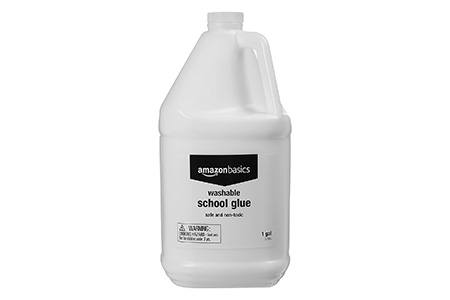
The overwhelming majority of the adhesives are in liquid form before being applied. This makes their application fairly easy. Though the liquid glue often sags and leaks during curing.
Because of their liquidity, these glues can get a more vigorous penetration with the substrate. Thus forming a physically stronger bond structure. The curing process is relatively longer.
Paste Glue
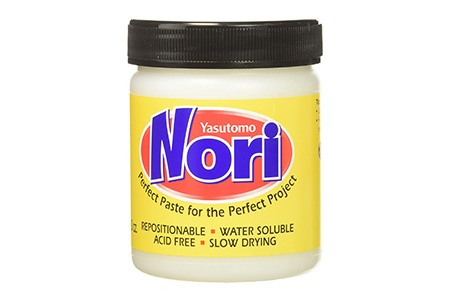
These glue types consist of liquids of extremely high viscosity. This makes their application and spreading process a highly challenging endeavor.
Because of this, they’re often applied by using equipment like caulk guns. High viscosity prevents them from shagging or leaking. This makes them ideal gap fillers.
Film Glue
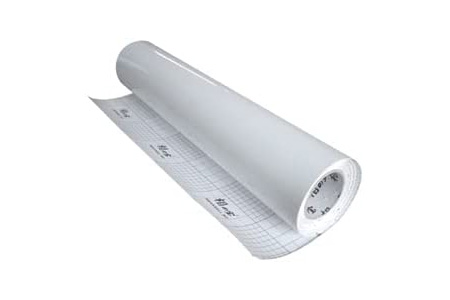
A thin layer of glue is supported on and covered by usually two layers of removable backings. Glues marketed in film form are particularly popular in the electronic, automotive, aerospace, and assembly industry.
This is because of their consistent thickness, uniform distribution, and ease of application. They also don’t have any pot-life restrictions. You can find these on sheets and rolls in the form of glue dots as well.
Pellet Glue / Hot Glue
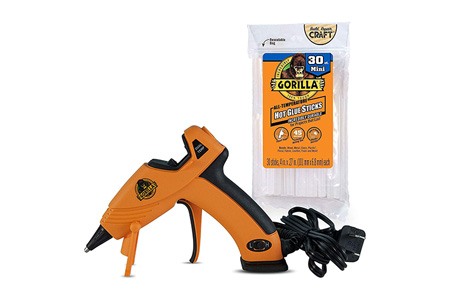
Pellet glues can be thermosetting adhesives, or they can be applied by the hot melting method. That means the melting and application process are done simultaneously.
In most cases, these different types of glue are applied using a melt gun (or sometimes called a hot glue gun). This type of glue is industrially used for assembly work and packaging. They also have artistic applications.
Glue Pen
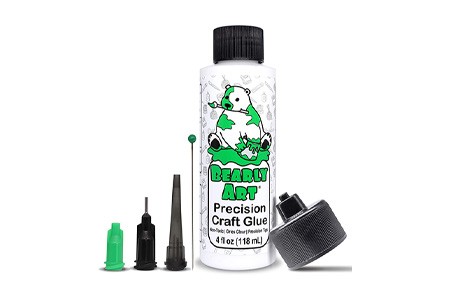
For tasks that either require precision or are for simple office tasks like gluing shut an envelope, a glue pen is perfect. These can either contain your basic white glue or can include super glue.
The tip blocks the flow of glue, and if you push down on the tip the tip will recede into the pen allowing glue to flow out. Once you have the proper amount you release the pressure and then can use the tip to smear the glue where you need it to go.
Glue Stick
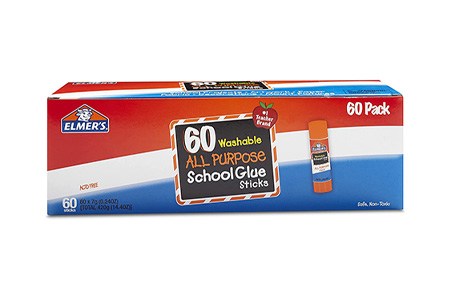
Another option, especially for children, is the glue stick. These work very much like a tube of lipstick in that you remove the cap, rub the thick non-liquid glue onto the surface, and then quickly apply pressure because it will cure quickly, since it's much more dry than liquid glue.
I've only ever seen glue sticks composed of white glue. It doesn't seem to work all that great for anything besides kids playing with paper and other small crafts. It's really meant to keep them from making a mess, it seems.
Spray Glue
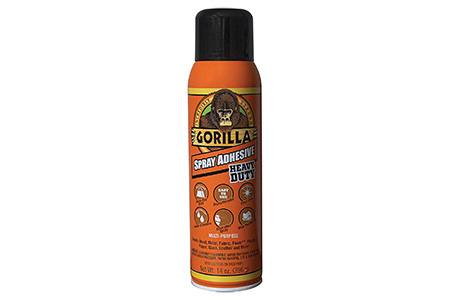
Many of your basic, multipurpose glues come in a spray adhesive form in a pressurized can. This helps create an even coverage over a larger area. As you can imagine, the strength of the bond will depend on how much glue you spray, what material it is going on (paper versus fabric), the contact between the surfaces as the bond cures, and more.
These different glues are generally used in basic craft projects, small household repairs, or for minor office work. It's not meant for anything more heavy-duty than paper and fabric.
6 Types of Glue by Structure
Glues can be classified by their structures. The structure of the adhesives is primarily determined by the nature of the bonds and their method of application.
Thermosetting Glue
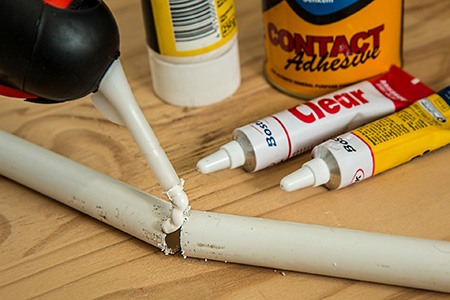
In most cases, the thermosetting glues come as a two-part combo package. The parts are known as hardeners and resin.
Immediately before application, these two parts are added together and mixed thoroughly. This process of mixing can be done beforehand, but then the glue would require to be stored at a very low temperature.
One of the most consequential properties of thermosetting adhesives is their pot life. It’s the time required for the resin-hardener mixture to form permanent bonds. Glue types with short pot life harden pretty fast.
But this can cause issues if the job itself is delicate and time-consuming. On the other hand, a long pot life delays the finishing of the job though it provides sufficient work time.
Hot Melt Glue
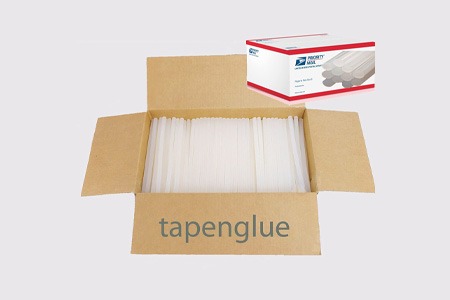
Hot-melt glues are those substances that have a solid form at the environment temperature. By exposure to higher temperatures, they can get melted into a liquid or semi-liquid form.
The reversal of this causes them to return to the original solid state. In the liquid state, the glue can be thoroughly spread and mixed. After cooling down, the resulting solid polymer shows a high level of structural strength.
Reactive Hot Melt Glue
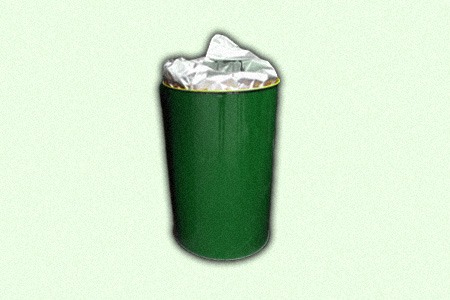
The regular or non-reactive hot melt types of glue don’t form any new types of bonds during the curing process. They only go through a change of physical state due to the temperature difference across the melting point; this process is reversible.
But the reactive hot melt adhesives go through a chemical reordering, resulting in the formation of more bonds after solidification. Thus these glues are stronger and more stable, both thermally and chemically.
Contact Glue
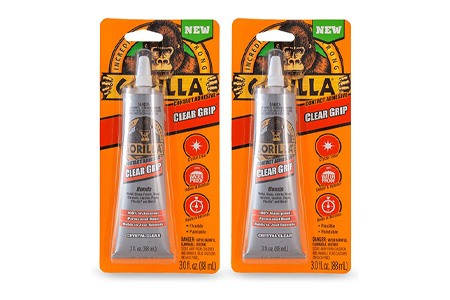
Contact glues are solutions of elastomeric or rubber-like substances. The name ‘contact’ comes from the fact that these glues are to be applied to both surfaces that are to be joined together. These adhesives can join almost all non-metals and metal-to-porous surfaces.
In the solution, the solute is the actual glue, and the solvent is there to keep the adhesive in an applicable form. Once the glue is applied, the curing process starts, and it ends with the evaporation of the solvent. Finally, the solute stays in contact with both surfaces and keeps them interlocked. This is how long Liquid Nails takes to dry, as an example of this form of glue.
Pressure Sensitive Glue
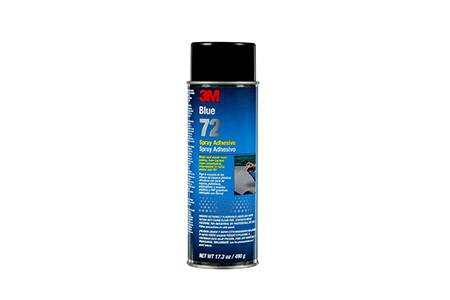
These types of adhesive glues stay at a permanent state of high viscous, semi-solid tackiness. They are known as low-modulus substances.
That means they get easily deformed, even at the application of very low pressure. Thus they aren’t suitable for structural applications. In most cases, they are marketed as types of tape.
Rubber Cement
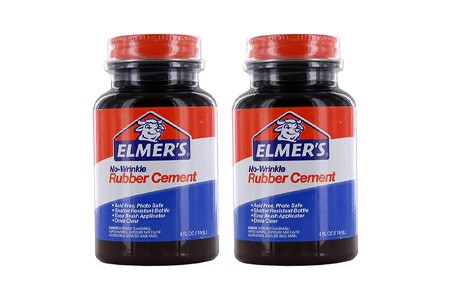
Rubber cement is made up of elastic polymers already mixed with a solvent that then begins to cure when exposed to fresh air. The dry glue takes the form of a rubber that can not only bind two surfaces together but can perform a bit of vibration absorption.
7 Types of Glue by Application
Glues can be categorized based on their application. Or, more accurately, their best sector of application. Because most adhesives can be used for a couple of different purposes, optimal performance can be gained by using glues in jobs they’re best at.
Wood Glue
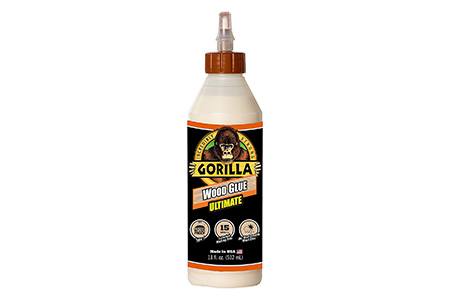
Although a wide range of glues can be used to join woods, yellow glue is the most widely used one. And it has been in use since ancient times. It’s a water-based glue having vinyl acetate as the primary gluing agent. You can find this under the name "carpenter's glue" at the stores, or just wood glue.
The yellow glue is very strong and doesn’t need much curing, though you should clamp surfaces together and make sure your wood glue isn't expired (start to consider it after 3 years). For special effects in wood projects, it’s often combined with sawdust. In some cases, mod podges, polyurethane, or super glue are used for woodworking. Once it seeps down into the wood fibers, it will hold incredibly well.
White Glue
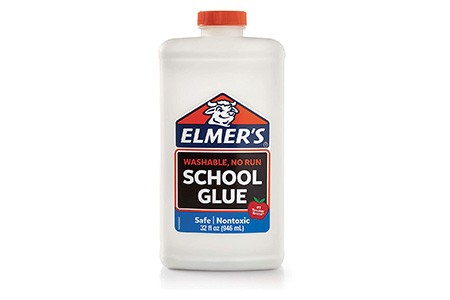
White glue is your basic types of adhesive glues you would use for arts and crafts in elementary school. It's not an incredibly strong glue but works with simple materials like construction paper, popsicle sticks, paper mache, etc. This also makes cleaning glue out of carpet less difficult, which your kids will absolutely cause you to need to learn how to do.
It's made from polyvinyl acetate (PVA), a polymer with a rubbery feel that becomes stiffer as the bond dries harder. Instead of requiring moisture to cure, it actually expels the moisture already in the solution to aid in curing.
This glue isn't brittle and will have some flexibility when dried, but also requires ab it more time to cure. The most common brand of white glue is Elmer's Glue (though Mod Podge is popular too) which can be found easily in grocery stores, general stores, pharmacies, etc. You can even find it with glitter mixed in, called glitter glue.
Ceramic Glue
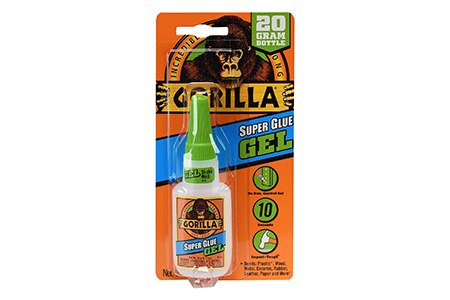
Though all ceramics are made of heated clay, they are of different types depending on their shape and the additives in their composition. These include pottery, porcelain, ceramic tile, and many more. Naturally, the glue needed depends on the specific category of ceramic.
For most ceramic items, epoxy types of glue will do. Then there are special adhesives for ceramic tiles. In the case of utensils such as plates, porcelain mugs, jugs, cutlery, etc., the glue must be food grade as well.
Plastic Glue
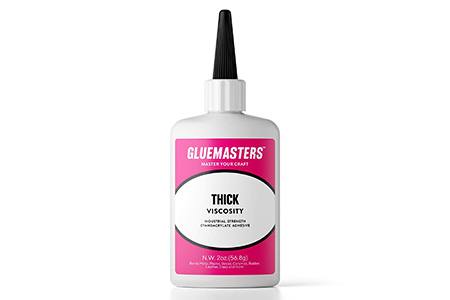
When it comes to joining plastic surfaces, there are five different options available. Plastic welding, super glue, hot melt glue, epoxy adhesive, and solvent cement.
Cyanoacrylate, popularly known as super glue, is the fastest option. Solvent cement melts soft surfaces to join them. Plastic welding forms the toughest joints.
Metal Glue
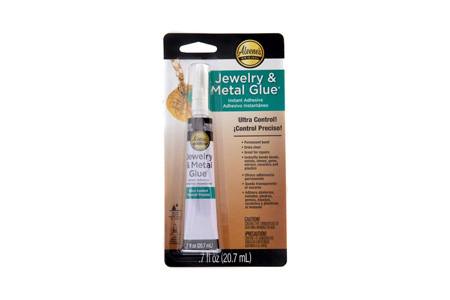
Although welding is the primary method of joining metal surfaces, metals can be joined using a number of glues. First among them is the super glue. It creates tough bonds at a surprisingly fast pace.
Polyurethane glues can also join metals. Though these types of adhesive glues have a relatively longer curing process and need completely dry surfaces, they form extremely strong bonds once hardened. There are some pressure-sensitive glues designed specifically for metals.
Glass Glue
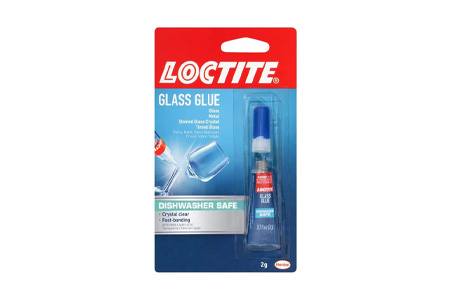
Joining glass is a delicate process. Superglue can be used, but it lacks a smooth finish. Epoxy takes more time to cure, but it’s easier to apply and results in better finishes. Anaerobic glue types are the best for glasswork. These are different glues designed for this specific task.
Paper Glue / Fabric Glue
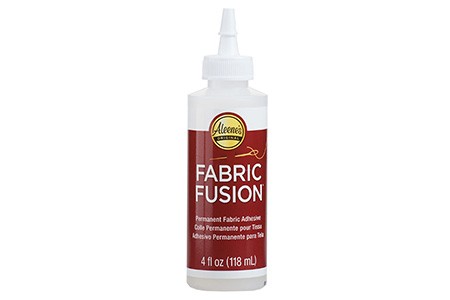
Craft glue is usually used for gluing papers together. It’s water-based glue and completely non-toxic. Due to its solubility in water, it can be easily cleaned after accidental spills.
All it needs is a porous surface, and it’ll cure within an hour. Interestingly enough, rice starch is also used as paper glue. There's even fabric glue and spray adhesives in this from to help you reattach most types of upholstery fabric, though of course sewing is a better choice..
Different Types of Glue for Various Adhesive Needs
From a simple repair job to the assembly line of factories, glues are all over the place, and the types of glue are as vivid as their physical and chemical properties. The glues have a wide range of industrial, artistic, and household applications depending on their adhesive qualities.



